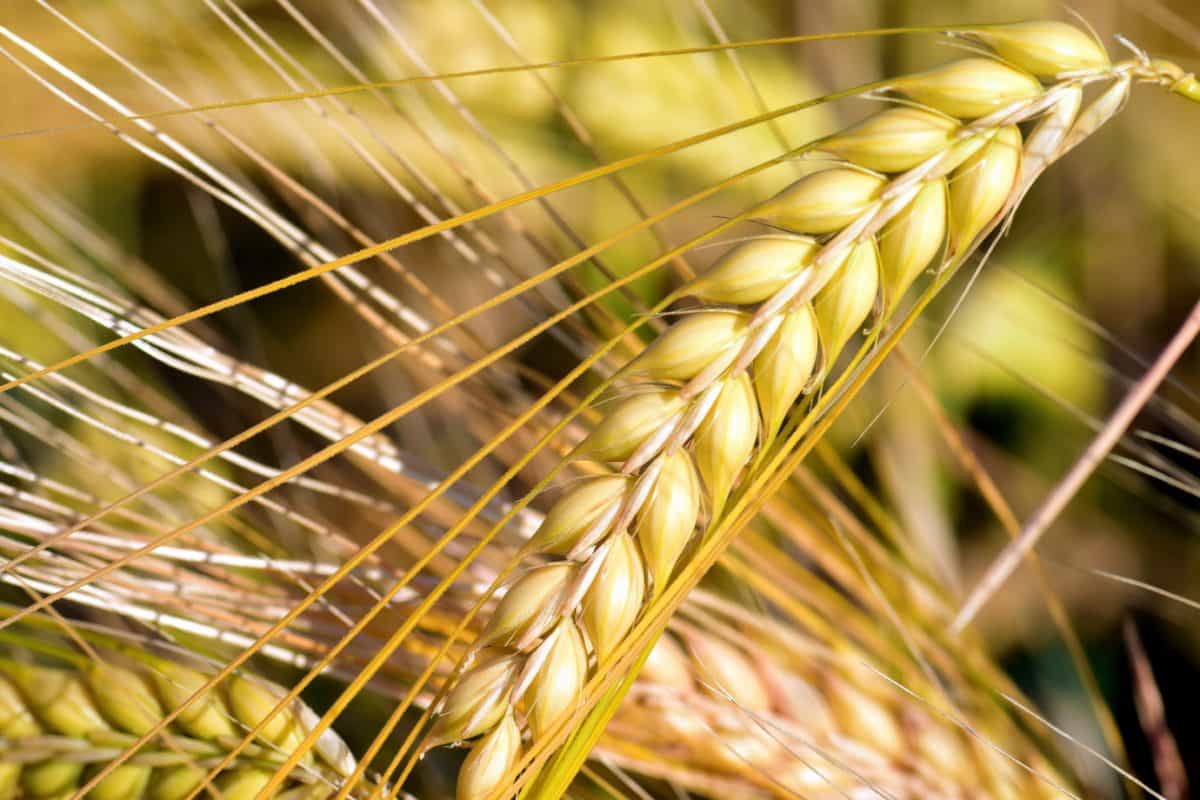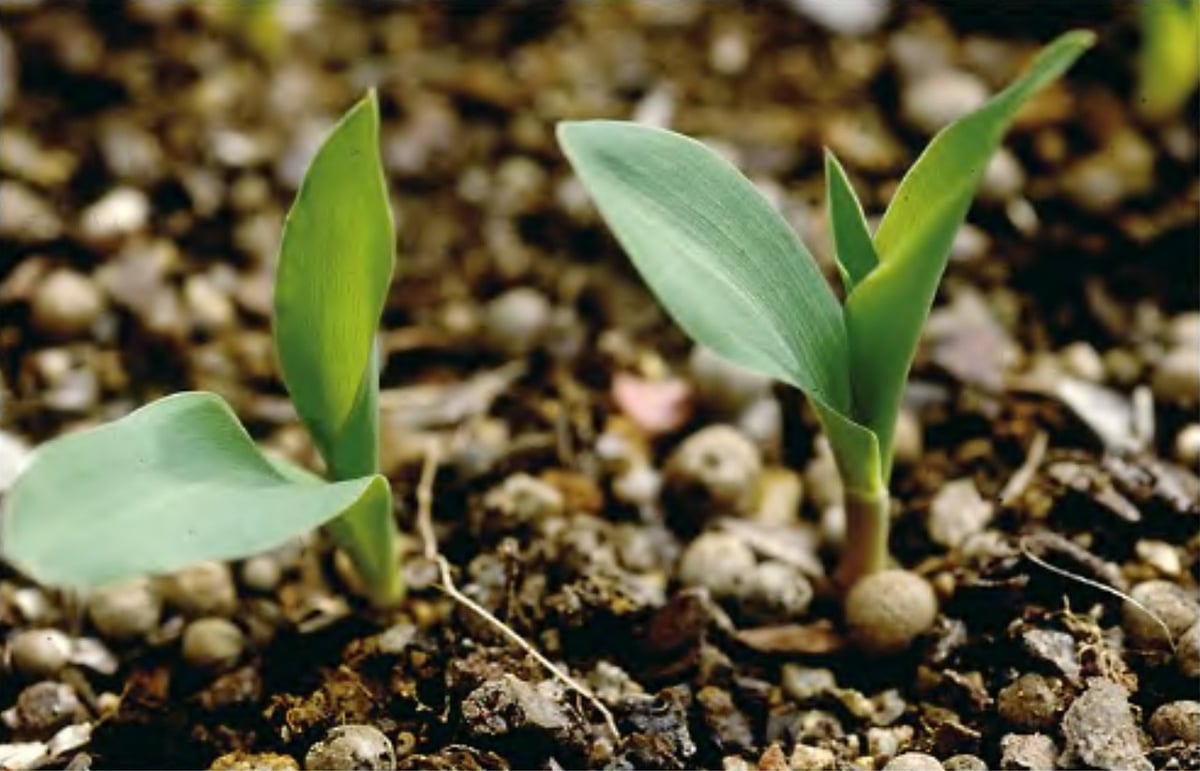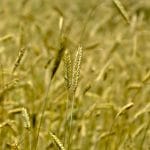
Cereals are one of the most important foods in the world, since with them basic foods such as bread are prepared, and they are even part of the recipe of some animal feed. Its rapid growth and its ease of cultivation mean that it can be sown in almost any field or pot.
With a little heat and water, we can be sure that the harvest will be very, very good. But, What are the different types of cereals? Knowing them will be a great help in knowing what to grow, so let's get to it.
What are the types of cereals?
- Rice
- Rye
There are many types of cereals, and all of them have their own characteristics although they are quite similar. They were the first plants to be domesticated by humans thousands of years ago, and thanks to that since then they have managed to conquer practically the entire globe.
Thus, today we know a great variety of cereals, among which the following stand out:
- Rice: the plants that produce them can be of the species Oryza sativa, if it is Asian rice, u Oryza glaberrima if it is the African. Both reach a height of up to 120 centimeters, and develop stems with linear leaves. It is the ingredient in multiple recipes, such as paella or Cuban rice, but it is also often included in some animal feed. More information.
- Birdseed: produced by the plant Phalaris canariensis. It develops stems up to 1 meter tall, with linear leaves about 40 centimeters long. It is used as a drink (canary seed milk, or canary seed atole from Mexico), or as animal feed.
- Oatmeal: it is the seed of a series of plants belonging to that genus: Avena. The most common is Avena sativa. It grows up to one meter in height. It is widely used especially as food for livestock, but it is also found in some biscuits for human consumption. More information.
- Barley: barley is a grass belonging to the species vulgar hordeum. Its stems reach approximately one meter or one and a half meters in height. Its best known use is to make alcoholic beverages, although it is also useful for animal feed, particularly pigs. More information.
- Rye: its scientific name is Dry cereal, whose stems are between 110 and 160 centimeters high. With it they make rye bread, rye flour, and even toy figures with their straw. More information.
- Job's tear: the scientific name is Coix lacryma jobi, and it is one of the few cereals that does not resist the cold. Its height is approximately 1 meter, and it has lanceolate, green leaves. It is consumed as a cereal, except for the »Lacryma-Jobi» variety which has very hard seeds and is used to make beads.
- Corn: it is a grass that reaches between 60 and 90 centimeters high. The leaves are elongated, and green in color. Its most widespread use is food: it is an ingredient in many salad recipes, for example, as well as for making bread. It is also used as animal feed. More information.
- What's good: Millet is actually the name given to various types of cereals, such as pennisetum glaucum, panicum virgatum, or the setaria italica. They are one of the most used in Asia, for example in soups or to make bread.
- Sorghum: it is a plant belonging to the genus Sorghum that reaches a height of 1 to 3 meters in height. It is used to make alcoholic beverages, as well as to produce animal feed. More information.
- Tambourine : it is a grass whose scientific name is eragrostis teph. In Europe it is not very well known, but in Ethiopia for example it is very popular since its traditional bread is made with its seeds: the ínyera.
- Wheat: it is an herb belonging to the genus Triticum that reaches between 1 and 3 meters in height. It is one of the most cultivated in the West for thousands of years. With it, bread, cookies, pasta, beer are prepared and it is also consumed as a breakfast cereal. More information.
- Triticale: its scientific name is Triticum aestivum, and is a cereal that comes from the cross between rye and wheat. It is used as fodder.
What are the most important cereals in the world?
Wheat, corn and rice. These are the three most important cereals if we take into account their production, which are:
- Corn: 1124 million tons (years 2018-19).
- Rice: about 743 tons (years 2019-20).
- Wheat: 650-700 million tons (years 2019-20).
How are cereals grown?

Image - Wikimedia / Miquel Pujol Palol
Growing the different types of cereals is a relatively simple task, since you can sow the seeds in individual pots with universal substrate (on sale here) during spring, and keep them in the sun and well watered. You will see that they germinate quickly, and that they grow at a good rate, so as soon as you see that the roots come out through the holes in the pot you will have to plant them in a larger pot or in the ground forming rows and leaving a distance of a few 40 centimeters between them.
Keep them weed free, and with water. In this way you will be able to enjoy a good harvest before you can imagine. Happy planting!



Very informative and interesting I am looking for a cereal that contains the following letters nrtgig I cannot find anything
Thanks Martie.
Regarding your query, I do not understand it well. There is no variety of cereal that has those letters. Maybe you mean something related to genetics?
Greetings.